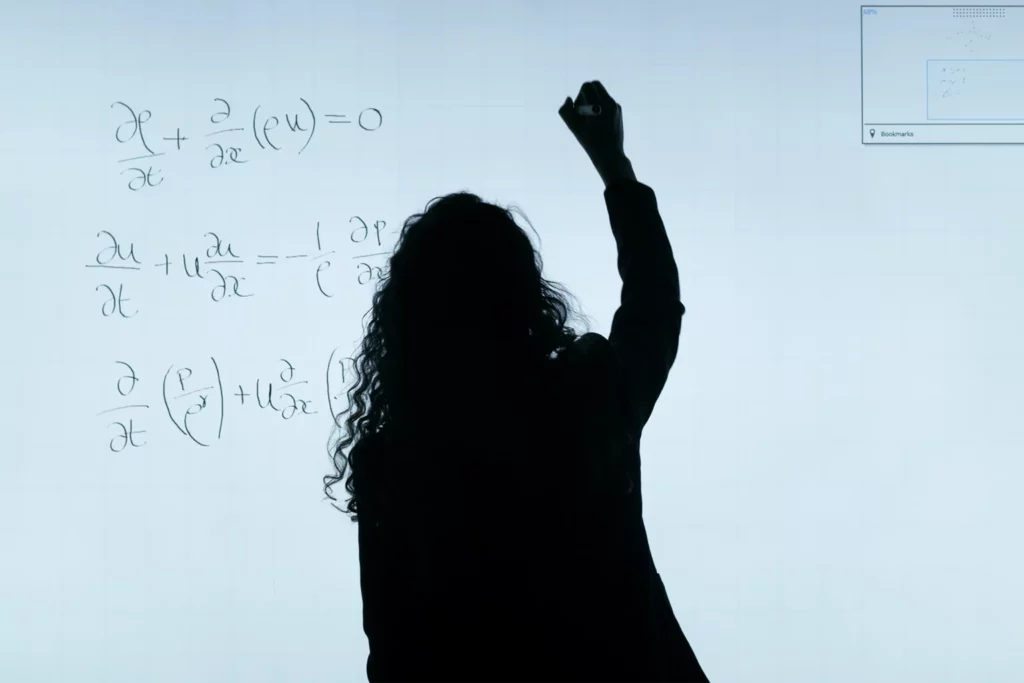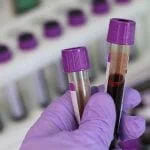What are Horizon Europe Research and Innovation Actions (RIA)?
We answer the most important questions for those wondering what Horizon Europe RIA calls are all about. You will also find a concise infographic with tips and tricks from our experience with numerous successful proposals, making RIA proposal writing more accessible.
Written by Marlene Kopf, Research & Innovation Manager, 1 September 2022
What kind of projects are funded in RIA (research and innovation actions)?

Research and Innovations Actions (RIA) are collaborative projects funding research activities relatively upstream of a commercial product. They allow the exploration of new technologies, methods, products, or improvements to existing ones.
RIA Infographic 2022
Based on our experience and 10+ successful RIA and IA proposals, we have compiled an overview of the most important aspects:
What is the difference between IA and RIA?
IA = Innovation Action
RIA = Research and Innovation Action
The difference between IA and RIA is primarily the Technology Readiness Level (TRL) at which the call is targeted. An RIA is expected to have an outcome with TRL 2 to 6, while an IA is intended for higher TRLs between 6 and 8.
Another difference between RIA and IA is the funding rate. The funding rate for RIA projects is 100 % of the eligible costs for all types of organizations. In contrast, the rate for IA proposals may be lower depending on the legal status of the institutions. Here, the rate is 70 % for profit-making legal entities and 100 % for non-profit legal entities.
Be careful: The acronym “RIA” describes the type of funding but is not a type of call. Several European calls are RIA (for example, the EIC Pathfinder).
These projects may include fundamental or applied research but also development and new technology implementation, either at the lab scale or in a simulated environment close to the final one. The Technology Readiness Level (TRL) required for the RIA calls is usually relatively low (2-6), meaning that the project’s expected outcome is a functional prototype.
Curious about TRL? Download our TRL infographic.
What is a typical grant size, funding rate and duration of RIA project?
RIA typically has a budget of 4-15 M€ per project for 36 to 48 months. The funding rate is 100 % of the eligible costs for all organizations.
Eligible costs include equipment, consumables, personal, travel, and dissemination costs. The consortium must consist of at least three EU or associated countries partners.

Who is eligible for funding?

Organizations from three types of countries are eligible for the Horizon Europe program:
- EU member states
- Associated third countries
- Other third countries
Here is the complete list of eligible third countries. A partner from an EU or associated country must coordinate the project. Partners from other third countries cannot act as coordinators.
Organizations from non-eligible countries can also participate as associated partners in Horizon Europe projects. However, they cannot declare any costs and must have their budget. For some countries, funding is provided by the national funding agencies in this case.
How is an RIA proposal structured?
An RIA proposal, like most of the Horizon Europe projects, consists of 3 parts:
1) Part A: Fill it out directly on the European Funding & Tenders portal with administrative information about the partners, the budget, and ethics considerations.
2) Part B1: the scientific part is divided into three sections. Each section is rated out of 5:
- Excellence to describe the objectives, present the state of the art, and the project’s novelty.
- Impact to explain the project’s impact on the scientific community, society, and the economy.
- Implementation to describe the work plan and the consortium.
3) Part B2: this part corresponds to sections 4 and 5. It mainly describes each partner, its expertise and facilities, the researchers involved in the project, etc.

Part B1 is the only part with a page limitation: the page limit for single-stage proposals is 45 pages. For two-stage proposals, a 10-page pre-proposal is submitted first, and the 45-page full proposal is due in the second round.
The MIC and RIA projects
Need tips to write a good Horizon Europe RIA proposal? Find out our tips and tricks to prepare a successful application.

We will be glad to participate in your project. Visit our dedicated webpage to learn more about our expertise as H2020 and Horizon Europe partner!
We are particularly interested in the following calls but remain open to any collaboration!
- EIC WORK PROGRAMME that supports all stages from R&D to industry for game-changing innovations
- HORIZON EUROPE RIA CALLS, specifically focusing on health and food, bioeconomy, natural resources, agriculture, and environment
Find out more about our funded RIA projects:

Chromatin organization profiling with high-throughput super-resolution microscopy on a chip.

Personalized and/or generalized integrated biomaterial risk assessment

Electrochemically-enabled peptidomics for next-generation personalized medicine
Horizon Europe glossary
- ESR: Evaluation Summary Report. It is the document you will receive after the project evaluation, with the reviewers’ comments. (Be careful, in some contexts ESR means “Early Stage Researcher”).
- KPI: Key Performance Indicator. This is a practical way to evaluate the success of a task; it has to be measurable; for example, we will have a limit of detection below xx ng/mL, and we will generate >1000 visits/month on our website…
- NCP: National Contact Point. The national team will answer all your questions about a specific call.
- PM: Person month. It is the time your team will dedicate to the project: For example, if you plan to have two people working for six months on the project 33% of their time, you need to budget 2x6x0,33=4 PM.
- TRL: Technology readiness level. This scale helps to define the degree of maturity of a project or a product.
- WP: Work package. Every project has to be divided into several work packages, addressing the different tasks of the project, both scientific and non-scientific. There is usually a work package for management, another for the dissemination and communication activities, and between 4 and 8 WPs for the science.

Want more? Have a look at our detailed Horizon Europe glossary!